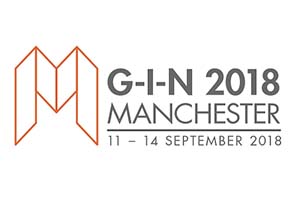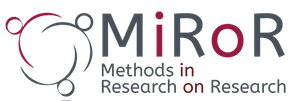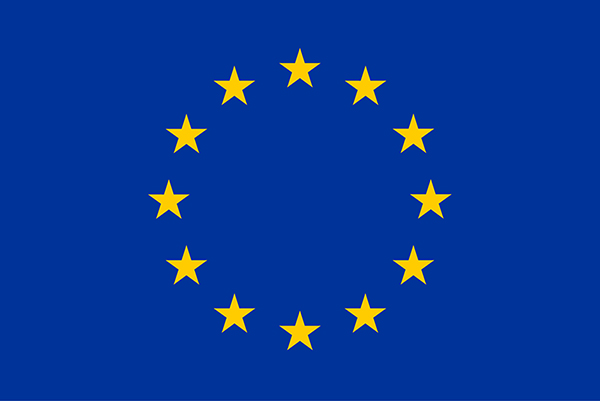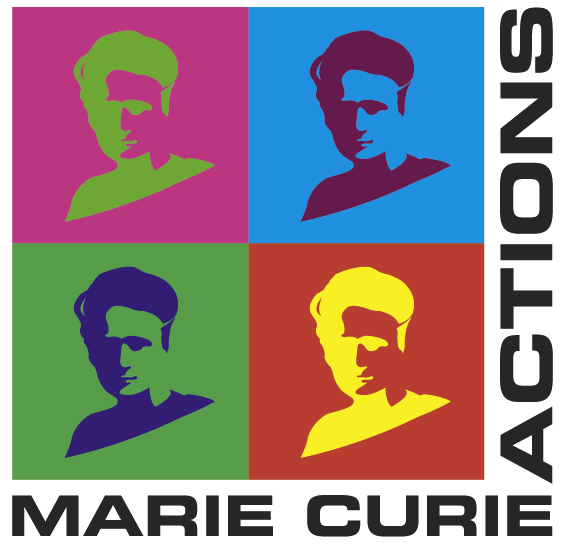Some thoughts and feedback on the G-I-N Conference 2018
Some thoughts and feedback on the G-I-N Conference 2018
22 October 2018 Comments Off on Some thoughts and feedback on the G-I-N Conference 2018Two of the MiRoR fellows had the opportunity to present their research projects at the Guidelines International Network (G-I-N) Conference held in Manchester this autumn. For Alice and Maria, it was an enriching and insightful experience.
Guidelines International Network (G-I-N) Conference 2018, Manchester UK
The 14th annual G-I-N conference took take place in Manchester, United Kingdom, from 12th to 14th September. It was co-hosted by two founder members: NICE (The National Institute for Health and Care Excellence) and SIGN (Scottish Intercollegiate Guidelines Network). The conference’s programme contained an interesting and important line-up of speakers, sessions, workshops and seminars on informing, developing and implementing guidelines for use. The theme of the conference was “Why we do what we do”, with a focus on “the purpose and impact of guidelines”.
Two MiRoR research fellows attended the conference and presented their work: Maria Olsen presented a surrounding work from her recently concluded secondment with the University of Exeter and NICE regarding the use of test accuracy study design labels in NICE’s diagnostic guidance. Alice Biggane presented her work from her ongoing secondment project The INVoLVED Study: Investigating Lay members’ Views in Guideline Development via an oral presentation.
In the summary below, they highlight some of the key aspects and messages that they took home with them:
The conference kick-started with a stimulating plenary session: “Once upon a guideline: the story of developing and evidence ecosystem”, which had four renowned speakers. They talked us through the history of guidelines, the role of evidence based medicine (EBM), the current challenges and solutions within the guideline ecosystem and how to ensure the voice of the user is embedded in guidelines.
This session was particularly interesting as it addressed that much is yet unknown about the complex processes of committees meetings. The various speakers highlighted the need for continued exploration and better understanding of the mechanisms and decision-making processes that are utilised in guideline development. They discussed the potential merits of having a multi-stakeholder approach to this. They suggested that the collaboration of quantitative and qualitative methodologists, guideline developers and medical sociologists, plus many more are key in illuminating how we judge evidence based medicine and translate it into user-centred guidelines. This session really broadened our perspectives and understanding of the need for further research into the best methods for translating “hard evidence” into clinical recommendations.
In between these plenary sessions, there were a range of workshops, panel session and poster viewing. Workshops included how to develop meaningful guidelines, how to evaluate implementation, meta-analysis for decision-making and how to manage conflicts of interest. The panel sessions were equally as diverse and stimulating with speakers from around the world sharing their research, experiences and advice in areas such as PROMS and outcomes, patient and public engagement, updating guidelines, benefits vs. harms and much more.
The plenary on the final day of the conference was particularly exciting as three speakers spoke about “Guidelines in practice” in which they presented their real-world examples of implementing a guideline in their region. All three speakers did a terrific job of detailing their experiences, sharing anecdotes and offering wisdom and knowledge. This session further highlighted how the sharing of knowledge and experiences (both the good and the bad) was an aspect throughout the conference.
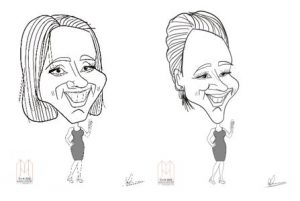
Of course, no good conference is complete without a good social programme and G-I-N certainly hit the mark here. With Manchester as its venue, attendees had the opportunity to learn about the industrial revolution during the Welcome Reception, held in the Revolution Industry Gallery at the Museum of Science and Industry. We even had the opportunity to have our portraits sketched!
During our secondments with NICE, we have learned many things about the various phases of guideline development. By attending this conference we appreciated the chance to learn from others hear in the field, to hear about their strategies and methods and to discuss the challenges guideline development faces. We also had the opportunity to present our own research, disseminate our findings to a large international audience, and receive very valuable feedback.
Overall, this was a very successful and insightful conference. We felt that it was a true collective effort, between so many passionate and engaged individuals, working as a community towards better guidelines and a better understanding of “why we do what we do”.
We trust that the future of guideline production, development and implementation is in scientifically curious yet safe hands. G-I-N’s 15th annual conference is in Adelaide, Australia in November 2019, we are sure it will be another triumphant event- in a decidedly warmer climate.
